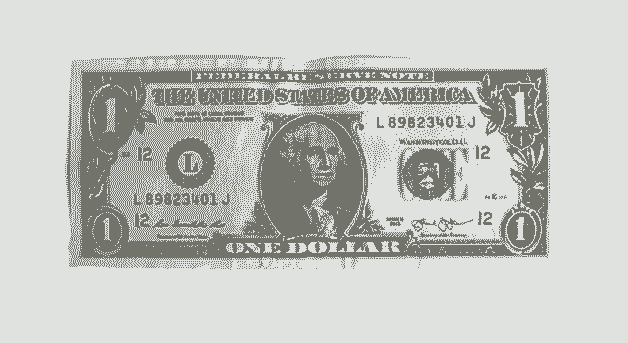Technology can get to the point where it gives business owners the ability to become more productive than the market.
When a society becomes more productive over time, this can lead to an over-supply of goods. More goods are being produced than society is capable of purchasing.
This leads to higher storage costs for business owners who need a safe place to keep their inventory/stock. This over-supply of goods decreases the value of each unit produced, which leads to a downward spiral of prices in society, as businesses compete to off-load their inventory.
Businesses reduce the number of employees they have, as they already have more goods to sell, and producing more doesn’t make sense under these conditions.
People start to save their money, instead of spending it, as there is no incentive for spending currency which is increasing in value over time, this creates a downward spiral of deflation.
Here are a few other articles on economic topics you might like to have a look at:
- What is Capitalism?
- What is Feudalism?
- Guide to renting in Australia
- What is the meaning of Socialism?
- What is Hyperinflation?
- Definition of Geopolitics?
- Which country is the most corrupt?
- Is Australia a feudal economic system?
What is Deflation and how does it work?
When buyer and commodity valuations fall over time, purchasing power rises. This is referred to as deflation. In other words, with the exact sum of cash as currently, you can purchase more goods or services tomorrow.
This is the inverse of inflation, which is defined as a progressive rise in prices throughout the economy, inflation is an over-supply of currency chasing an under-supply of goods. Deflation is the opposite, and under-supply of currency, chasing more goods, which means that the currency increases in value over time.
While deflation may appear to be a wonderful thing, it might signify the start of a recession and difficult times ahead. When individuals believe prices are going down, they put off purchasing in the hopes of getting a better deal later. Reduced spending, on the other hand, means less income for manufacturers, which can lead to job losses and higher inflation.
This negative reflection cycle results in increased joblessness, reduced pricing, and lower consumption. Deflation, in other words, leads to greater deflation. Deflationary periods have historically accompanied significant economic downturns in the United States and other parts of the world.
What Starts Deflation?
A downturn caused by more goods being produced than bought in the economy or an increase in supply of good over time, are the two major reasons for deflation. Each is connected to the basic economic connection of market forces. If supply remains unchanged, a decrease in purchasing power causes a decrease in the price of products and services.
A reduction in aggregate demand could be induced by a number of factors:
- Higher deflation may encourage people to preserve their money rather than spend it
- As well as prevent lending. When people spend less, there is less growth in the economy.
- Declining confidence in the ability to make a profit from starting a business
- Unfavorable economic circumstances, such as a global epidemic, may reduce overall demand. Consumers may spend less to save more if they are concerned about money or joblessness.
Effects of Deflation
Although lower prices for products and services may be beneficial, they can have significant negative consequences for the economy.
Deficit
In instances of deflation, interest costs appear to rise, making debt more costly. As a result, consumers and organizations frequently cut back on their expenditures.
Deflationary winding
Each conflicting bit of deflation creates a major impact. Falling pricing may lead to a reduction in production. Lower remuneration may result from lower production. Lower wages may lead to a decrease in demand. In addition, a decline in demand may result in ever-lower pricing. It goes on and on. This has the potential to exacerbate a negative economic scenario.
Unemployment
As prices fall, earnings fall, and some businesses may choose to cut expenses by laying off employees. Sticky wages can make it easier for an employer to fire employees rather than lower their wages. Keep in mind, the value of money is increasing, but most people would not understand why lowering their wages is a fair thing to do. So, many employers are left with no choice but to fire workers.
How to Control Deflation
To combat deflation, the government has a few options.
- Increase The Money Flow
To raise the aggregate demand, the Financial Sector can refinance Treasury assets. With more supply, each dollar becomes less significant, encouraging individuals to spend and driving up costs.
- Make borrowing susceptible
The Federal Reserve may push banks to increase credit availability or cut interest rates so that consumers can lend more. If the Federal Reserve reduces the saving rate, which determines how much cash financial institutions must keep on hand, banks will be able to lend out more money. This promotes spending and contributes to price increases.
- Manage fiscal policy
If the authority increases funding while lowering taxes, it will stimulate economic growth and expendable income, resulting in greater expenditure and increased prices.
Deflation can be defined (formally) as a drop in the aggregate price of commodities and services in an economic system. While a little price fall may encourage consumer spending, widespread deflation can frustrate expenditure, leading to even more deflation and recessions.

